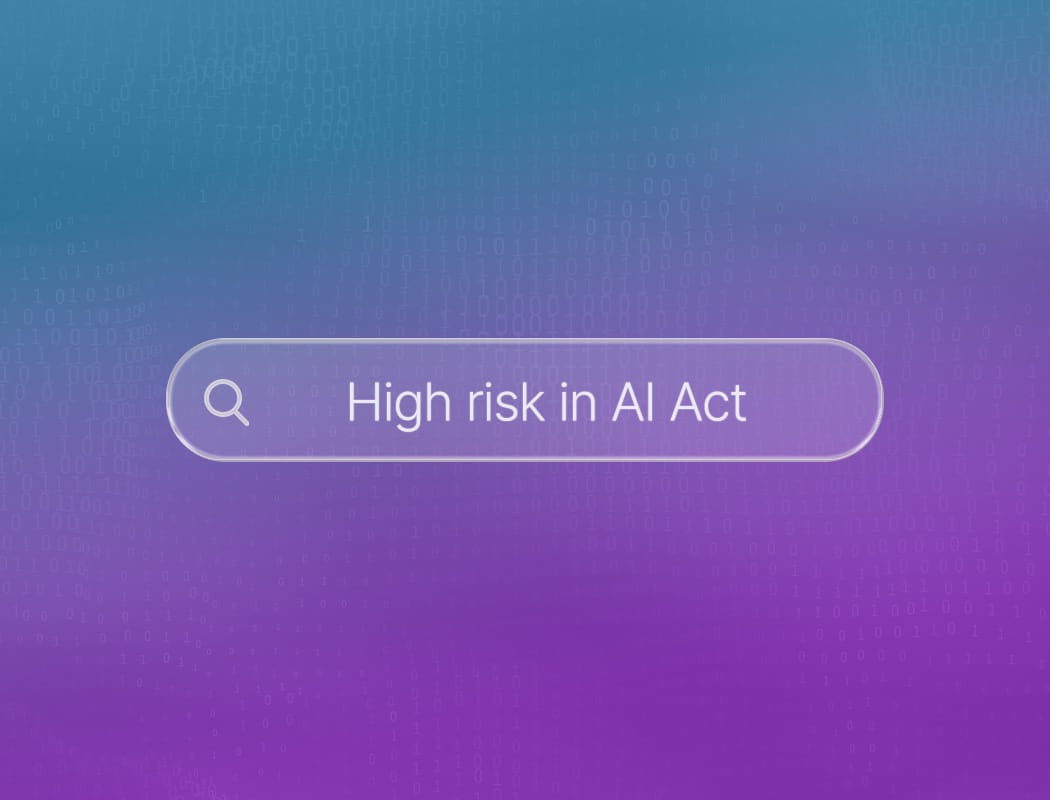What is algorithmic bias in AI?
Algorithmic bias in AI happens when artificial intelligence systems make decisions that unfairly favor or disadvantage certain groups of people. This can occur for many reasons, such as biased data, flawed design, or even unintentional human influence.
Imagine an AI tool used for hiring that prefers candidates from one background over another, simply because the data it learned from was skewed. These biases can sneak into everyday tools and affect real lives, often without anyone noticing at first.
Algorithmic bias in AI can appear in subtle ways. It might recommend certain products to one group more than another, or misinterpret language and images based on cultural differences. Sometimes, the effects are small. Other times, they can have a big impact on fairness and opportunity.
Types of Algorithmic Bias in AI
Algorithmic bias in AI is a problem that can quietly shape the way decisions are made. It happens when artificial intelligence systems make choices that unfairly favor or disadvantage certain groups.
This type of AI bias can sneak in at different stages, from the data used to train the system to the way the algorithms are designed or even how their results are interpreted. Understanding the types of algorithmic bias in AI is the first step toward building fairer and more transparent technology.
Data bias
Data bias is one of the most common forms of algorithmic bias in AI. It starts with the information fed into the system. If the training data reflects historical inequalities or lacks diversity, the AI will learn those same patterns.
For example, if an AI is trained on job applications mostly from one demographic, it may struggle to fairly assess candidates from other backgrounds. Data bias can be subtle, but its effects ripple through every prediction the AI makes.
Design bias
Design bias creeps in when the people building the AI make assumptions about what matters most. Sometimes, these choices are unintentional.
Maybe a team decides which features to include based on their own experiences, overlooking factors important to others. Or perhaps they set thresholds that work well for one group but not another. Design bias is tricky because it often hides in plain sight, woven into the logic and structure of the algorithm itself.
Interpretation bias
Interpretation bias emerges after the AI has done its work. It shows up when humans read too much (or too little) into the results.
If decision makers trust the AI’s output without questioning its limitations, they might reinforce existing stereotypes or miss out on valuable insights. By staying alert to these pitfalls, we can use AI more responsibly and thoughtfully.
How does algorithmic bias affect AI outcomes?
Algorithmic bias in AI can quietly shape the world around us, often without us even noticing. Everything from job recommendations to loan approvals might be influenced by hidden biases.
The effects are not always obvious at first glance, but over time, they can reinforce unfairness and limit opportunities for certain groups. Understanding the AI works is the first step in creating responsible AI.
Data is never neutral
Every AI system starts with data. But data is never just numbers on a spreadsheet. It’s a reflection of the real world, with all its messiness and imperfections. If an AI is trained on hiring records from a company that has historically favored one group over another, it will likely learn to repeat those preferences.
Even when developers try to clean up the data, subtle patterns can slip through. Algorithmic bias in AI often begins here, at the very foundation.
The choices made about what data to include, how to label it, and which features to focus on all play a role in shaping the final outcome. This is why careful attention to data collection and preparation is so important.
Decisions become automated
Once the data is set, the AI gets to work making decisions. These decisions can happen at lightning speed and on a massive scale. For example, a credit scoring system might instantly approve or deny thousands of loan applications based on patterns it finds in past data.
If those patterns are biased, the AI will carry that bias forward, affecting real people’s lives. What makes this tricky is that the process is often invisible. People may not realize that an algorithm is behind the decision, or that it’s using criteria that could be unfair.
Algorithmic bias in AI can therefore spread quickly, especially when organizations rely heavily on automated systems without regular checks.
Consequences ripple outward
The impact of algorithmic bias in AI doesn’t stop with a single decision. It ripples outward, shaping society in ways that can be hard to predict.
If certain groups are consistently overlooked for jobs, loans, or housing, the gap between communities can grow wider over time. This can lead to a cycle where the AI’s predictions become self-fulfilling, as the system keeps reinforcing the same patterns it learned from the past.
Addressing these consequences requires more than just technical fixes. It calls for ongoing monitoring, transparency, and a willingness to question whether the outcomes truly reflect our values. Only then can we hope to build AI that helps create a fairer future for everyone.
What causes algorithmic bias in AI?
Algorithmic bias in AI happens when artificial intelligence systems make decisions that unfairly favor or disadvantage certain groups of people. This bias can creep in at many stages, from the data used to train the AI to the way the algorithms are designed and even how they are deployed in the real world.
Biased data sets
The most common culprit behind algorithmic bias is the data itself. AI learns from examples, so if those examples are skewed, the AI will be too.
Imagine a hiring tool trained mostly on resumes from one demographic. The AI might start favoring candidates who look like those in its training set, ignoring equally qualified applicants from other backgrounds.
Sometimes, the bias is subtle, hiding in patterns that humans might not notice. Other times, it’s glaring, like missing entire groups from the data altogether. Either way, biased data leads to biased outcomes.
Flawed algorithm design
Even with perfect data, the way an algorithm is built can introduce bias. Developers make choices about which features to include, how to weigh them, and what success looks like.
These choices reflect human assumptions and priorities, which aren’t always neutral. For example, if an algorithm is designed to maximize efficiency without considering fairness, it might unintentionally disadvantage certain users.
Sometimes, shortcuts in the design process lead to oversights that only become clear after the AI is in use. Careful design is crucial to avoid these pitfalls.
Lack of real-world testing
AI systems don’t exist in a vacuum. They interact with messy, unpredictable real life. If an AI isn’t tested thoroughly in the environments where it will actually be used, hidden biases can go unnoticed until they cause harm.
For instance, a facial recognition system might work well in the lab but fail for people with darker skin tones in the wild. Regular, diverse testing helps catch these issues early. Without it, even well-intentioned AI can reinforce existing inequalities, making the problem of bias even harder to solve.





